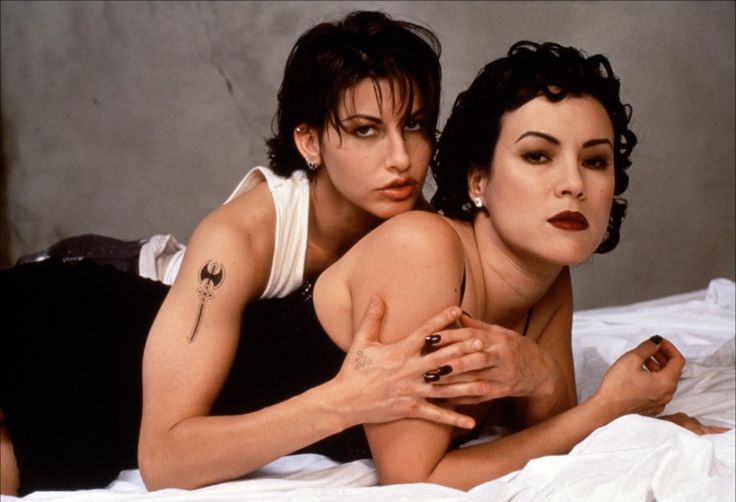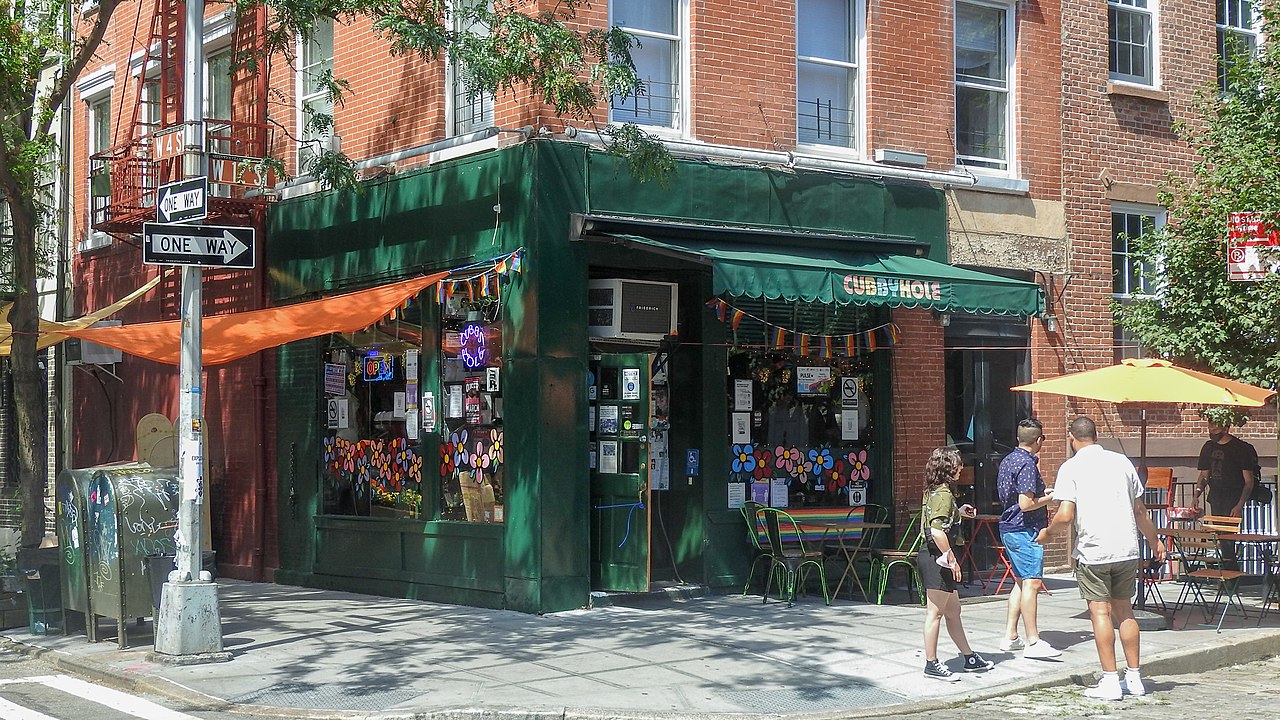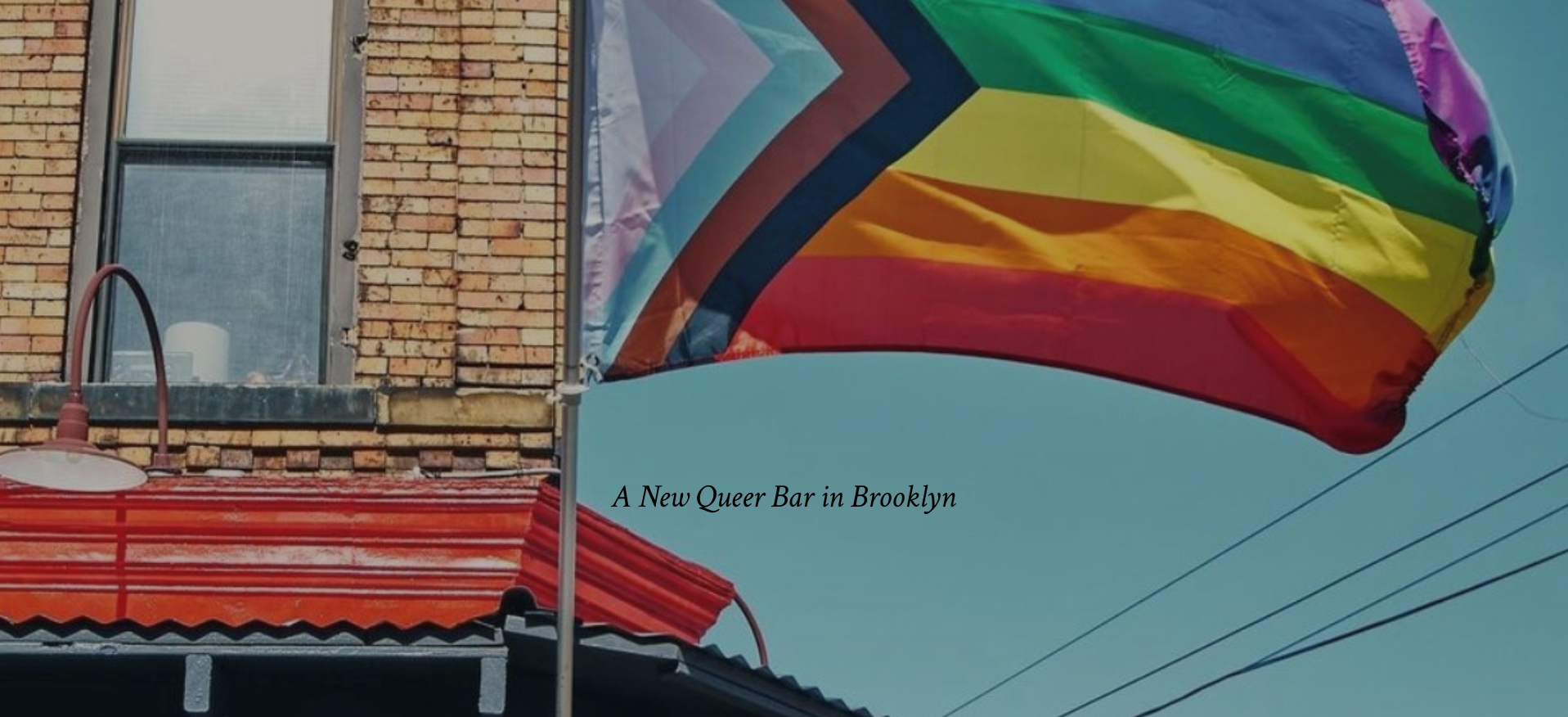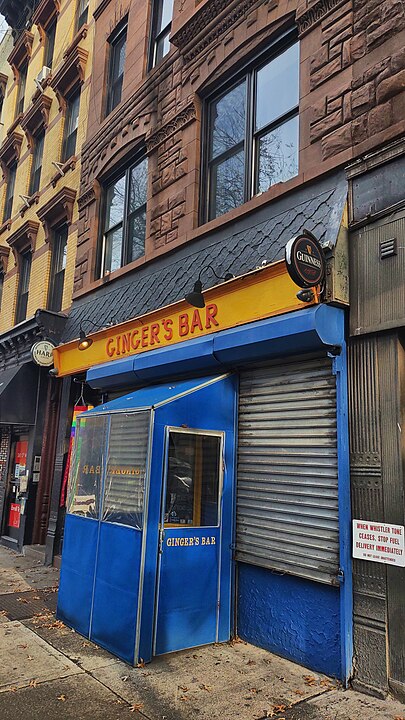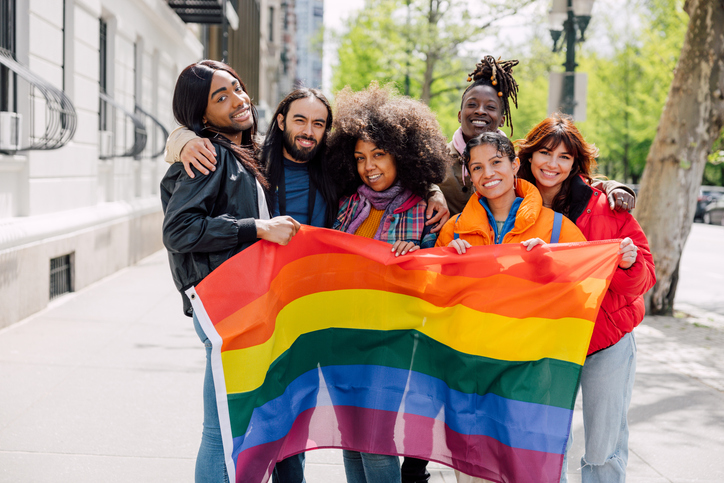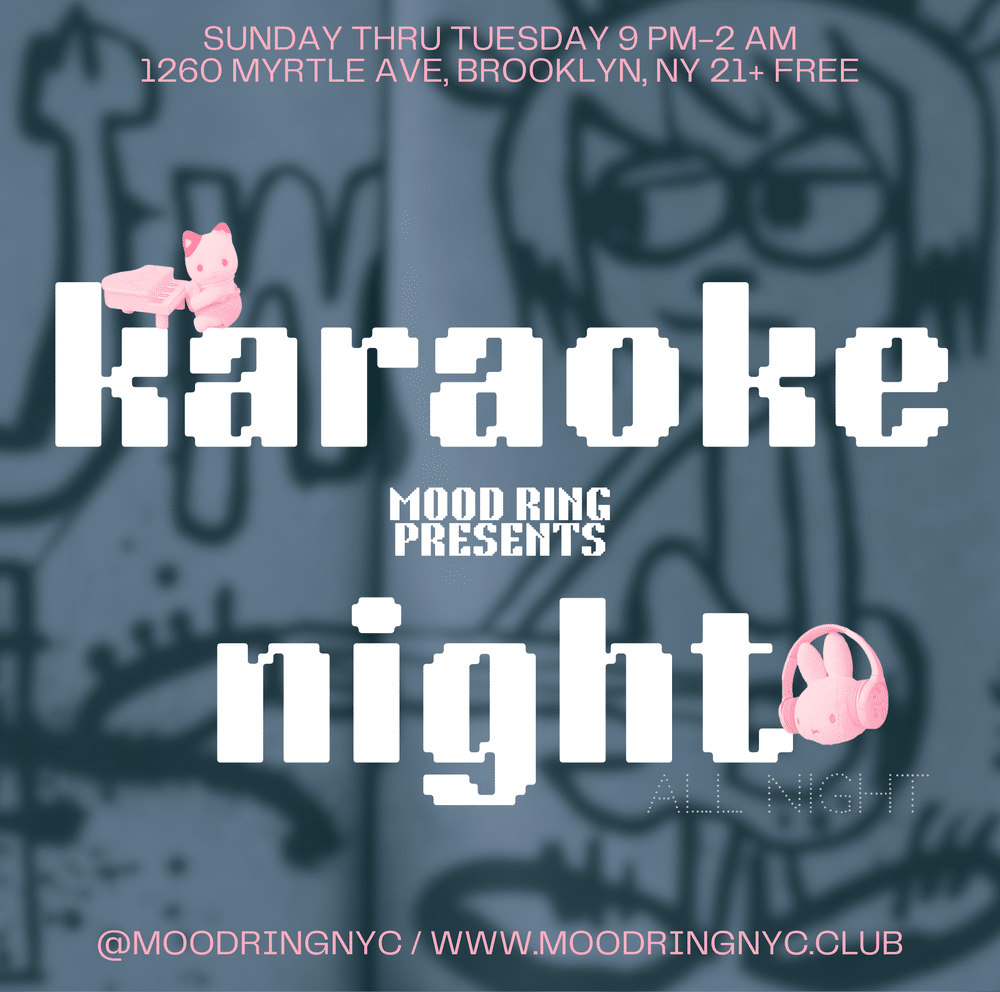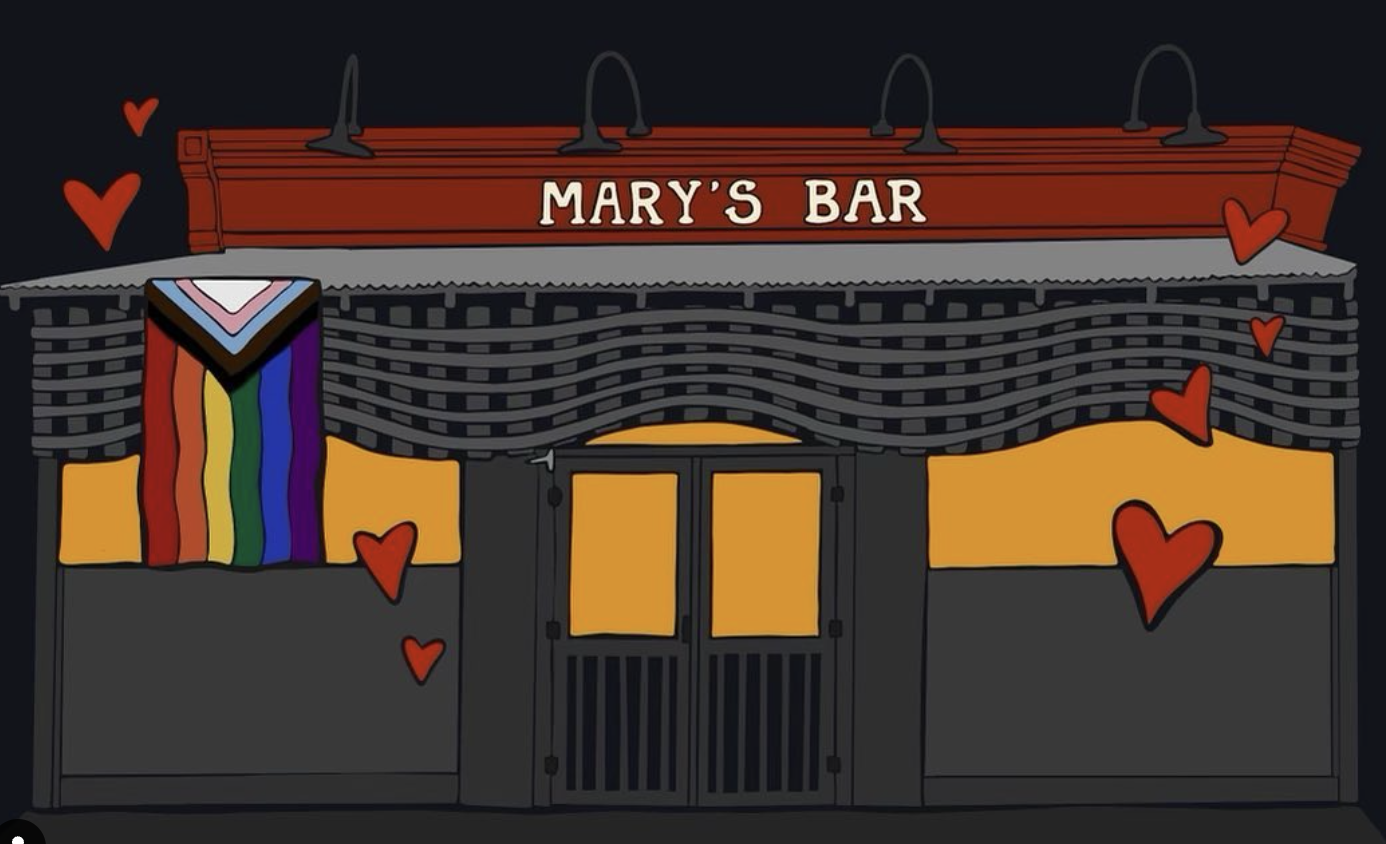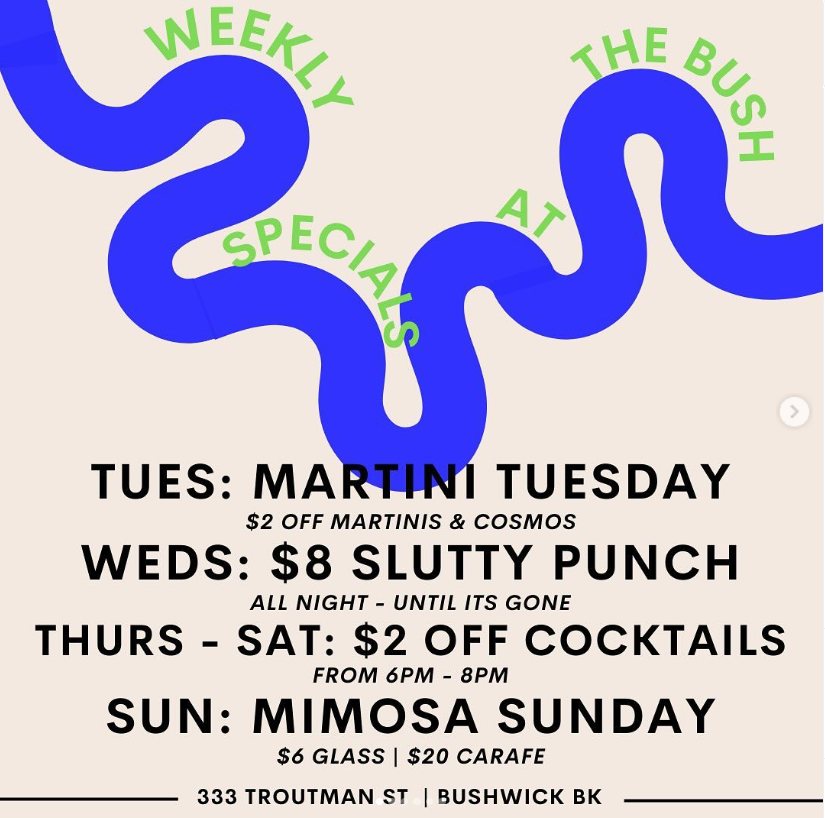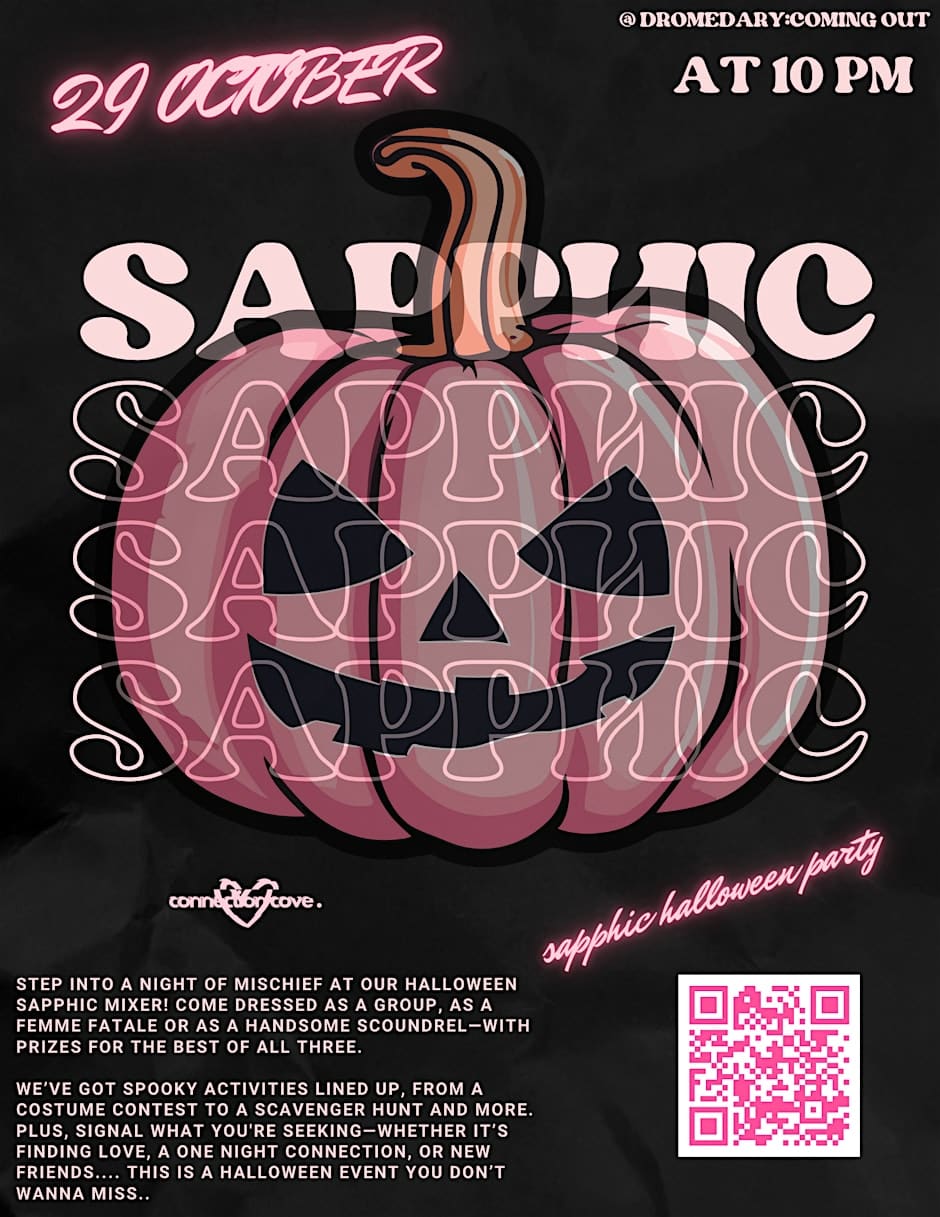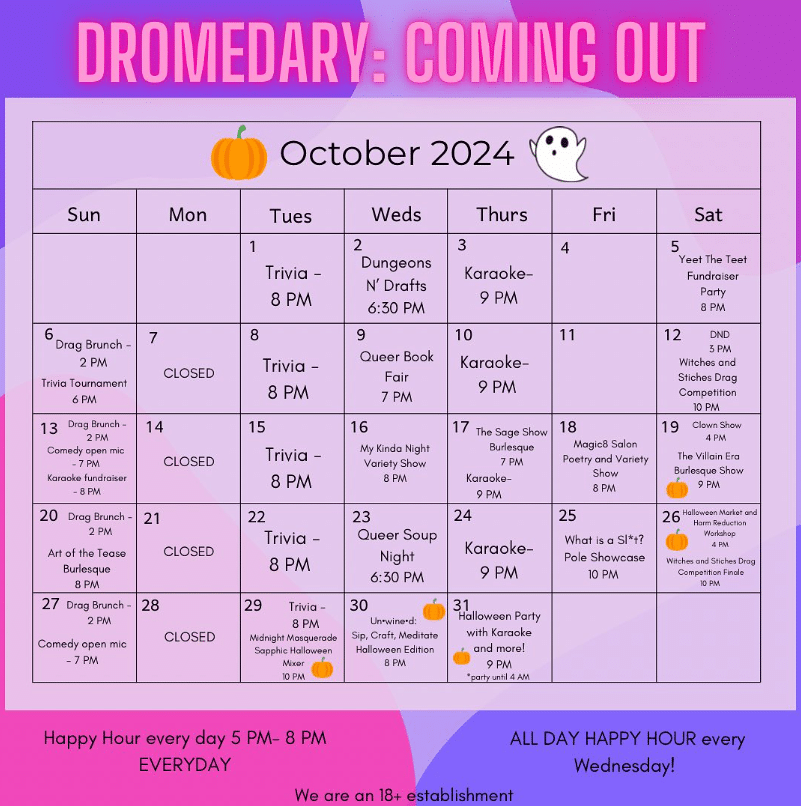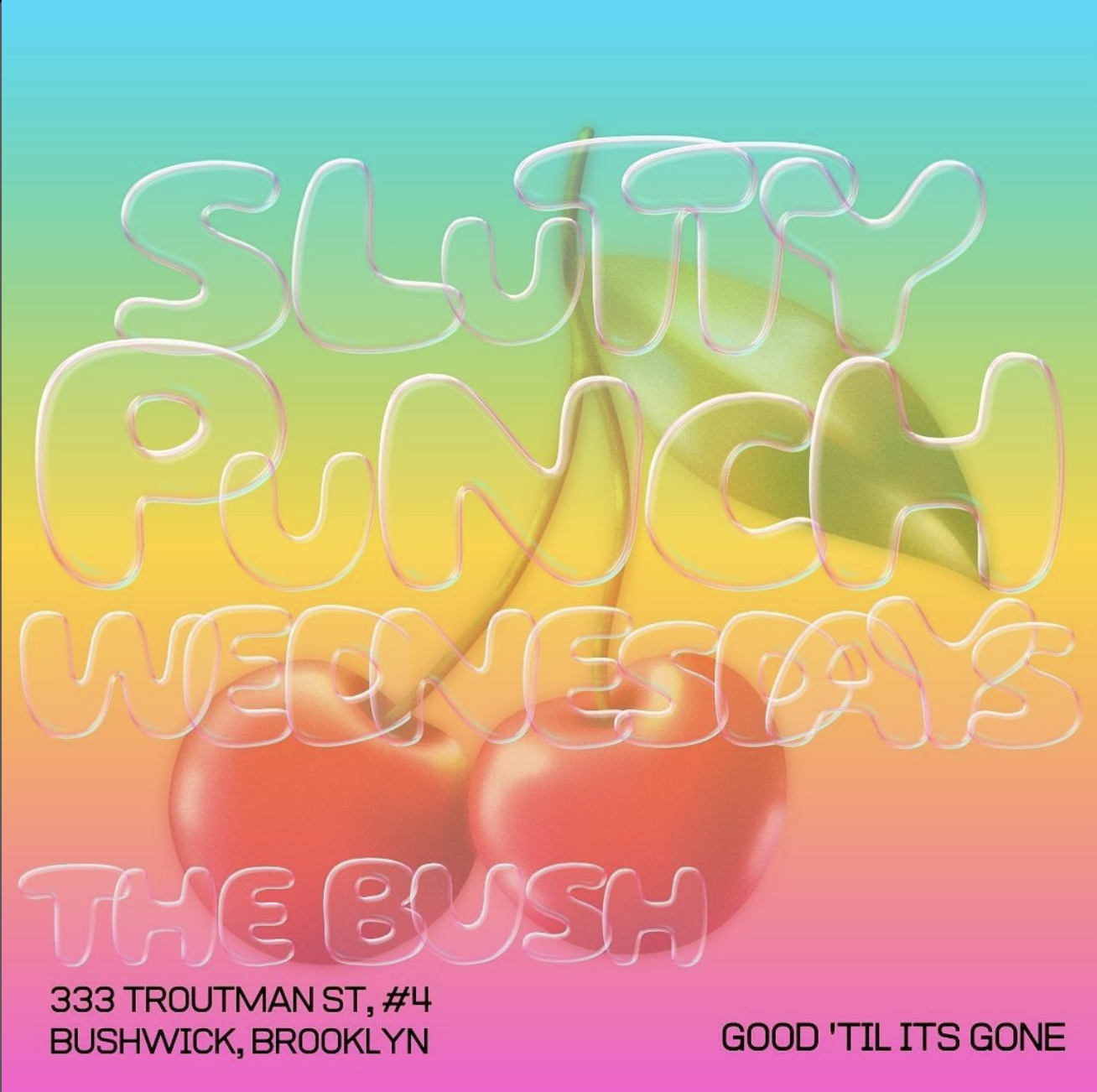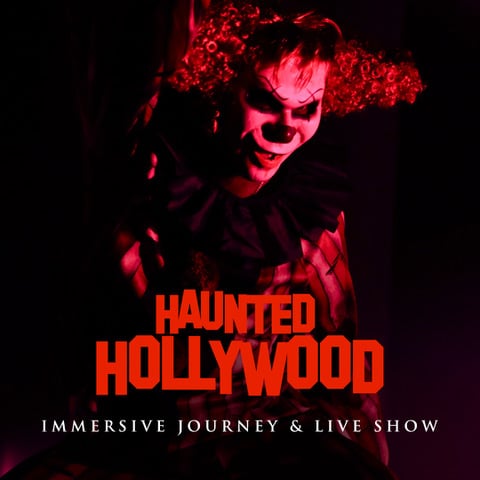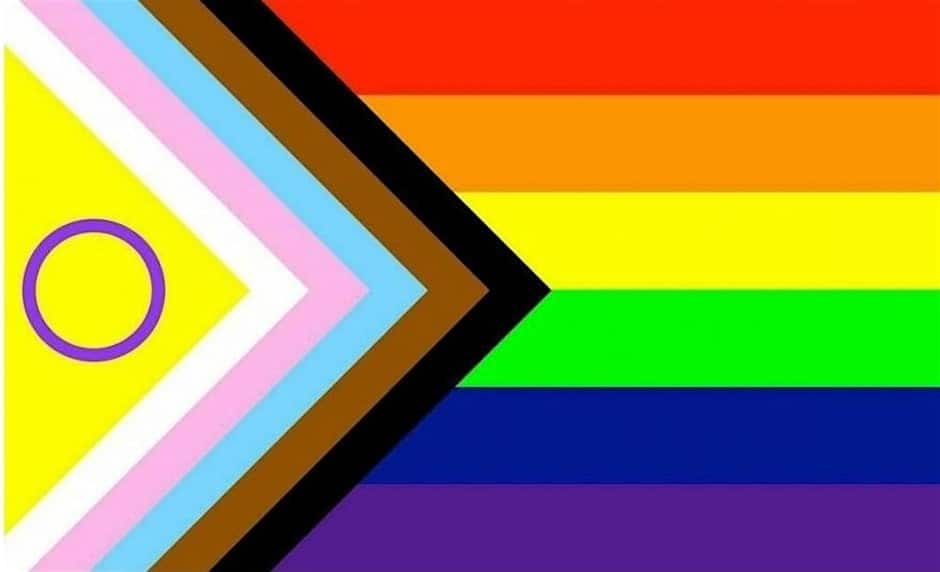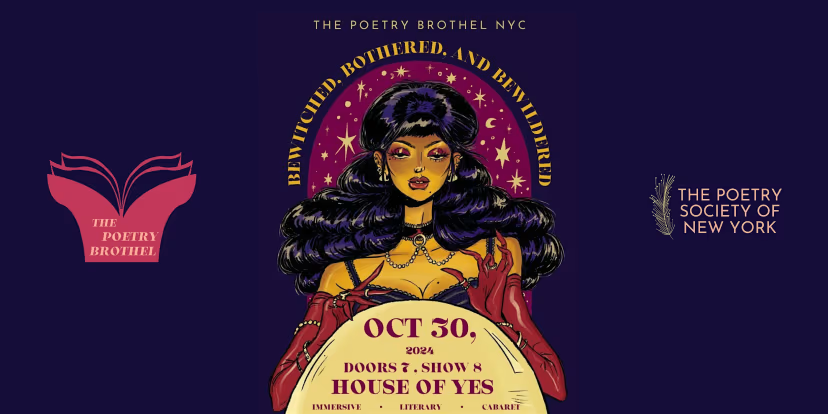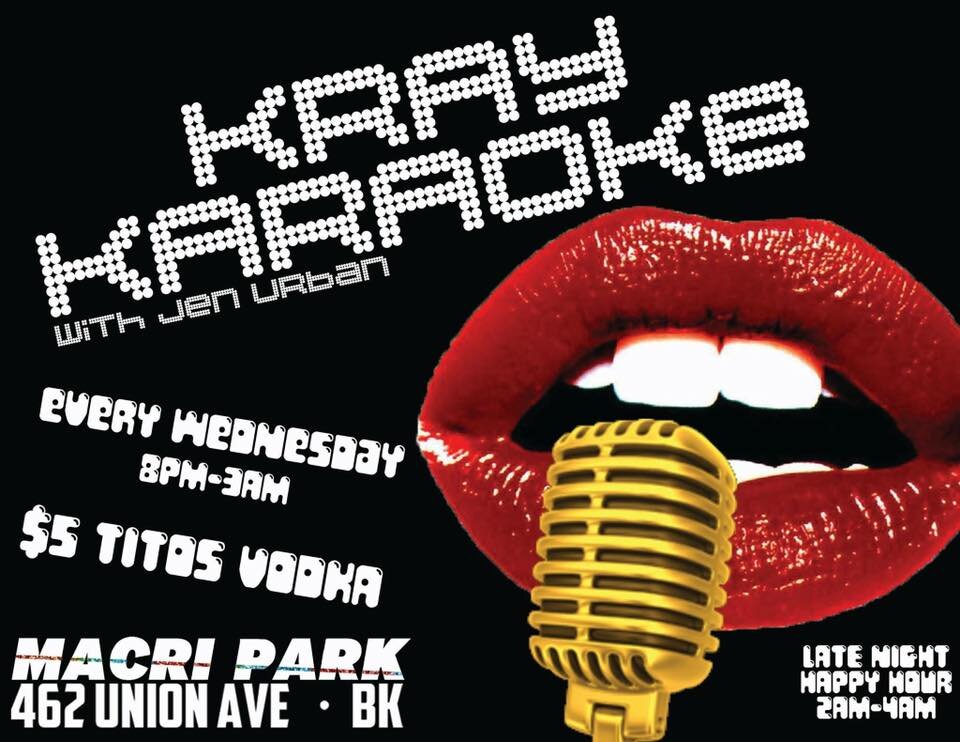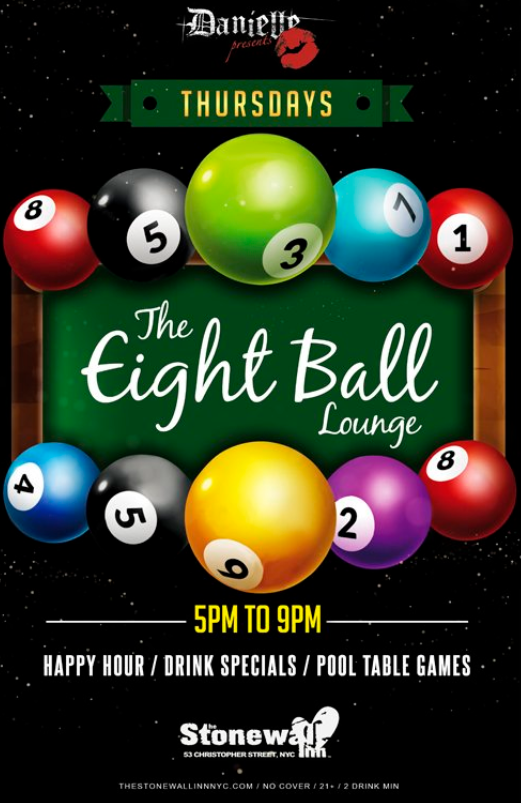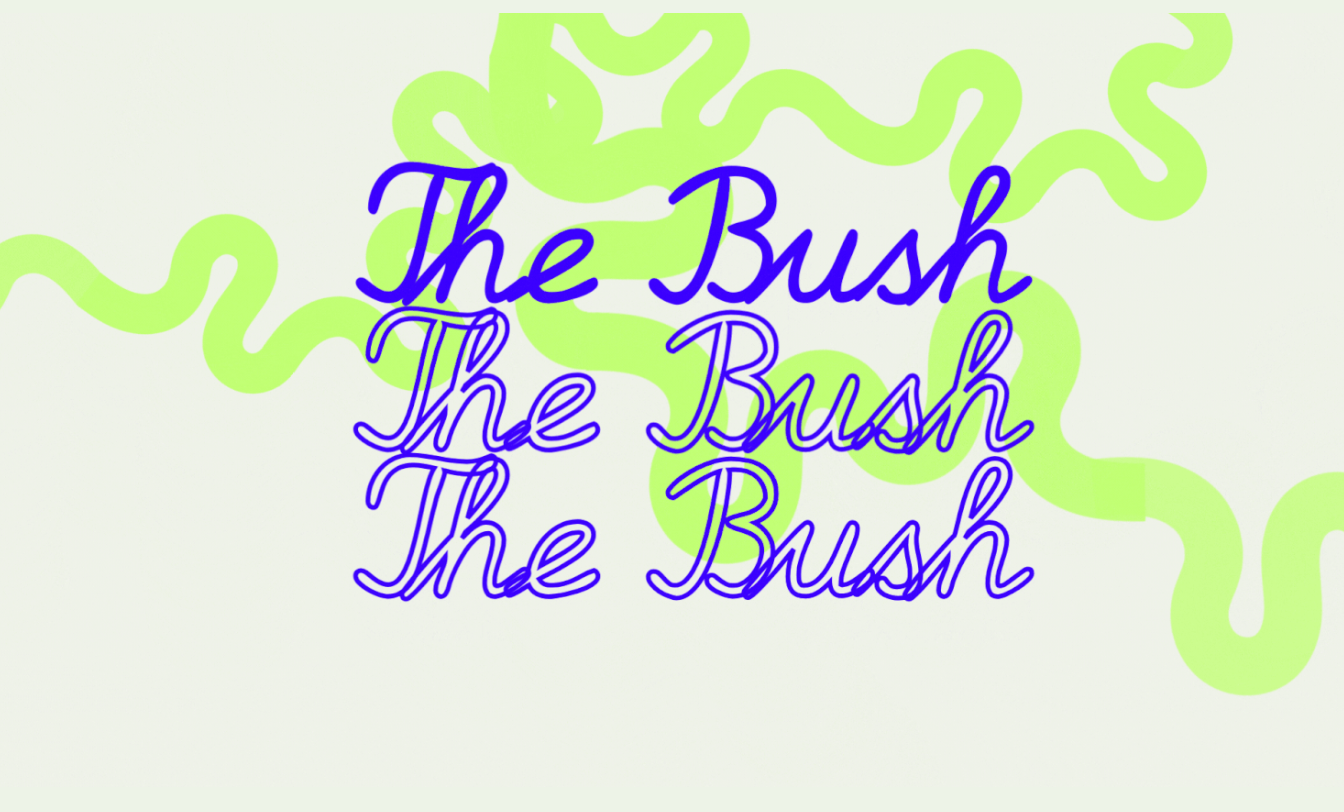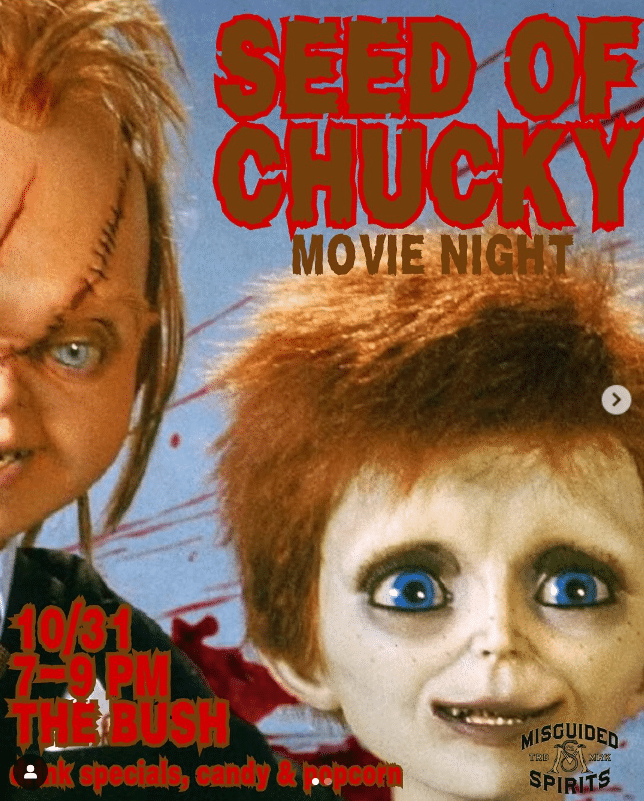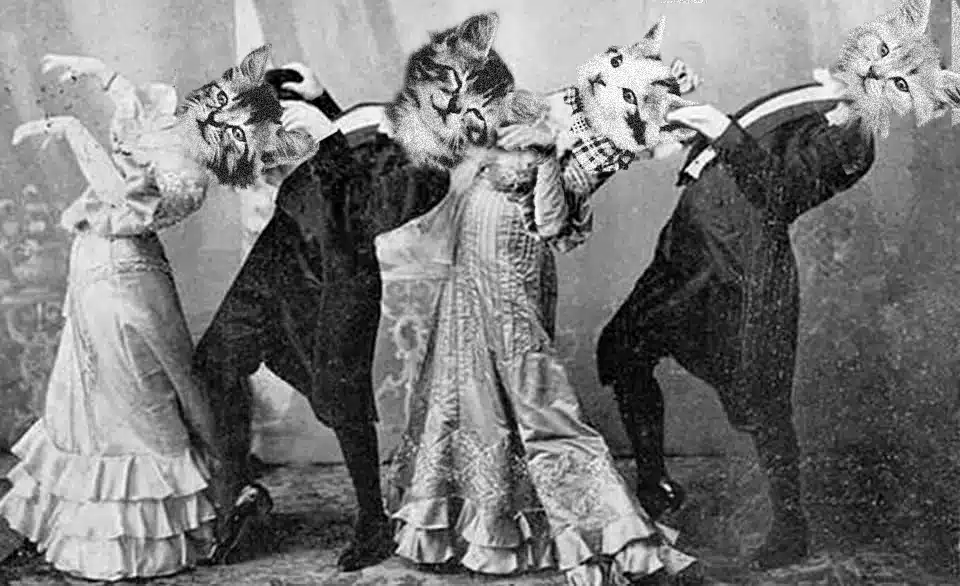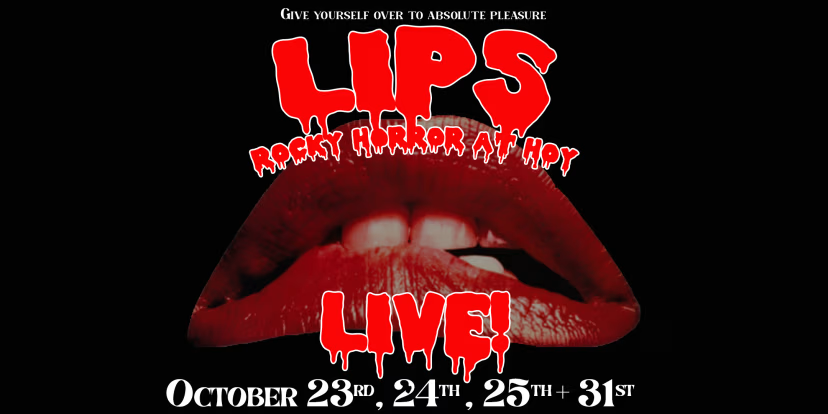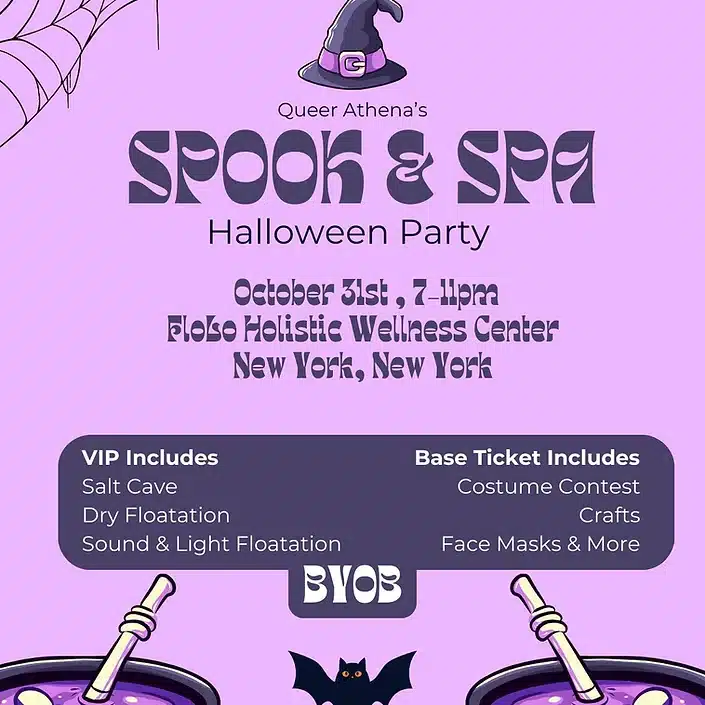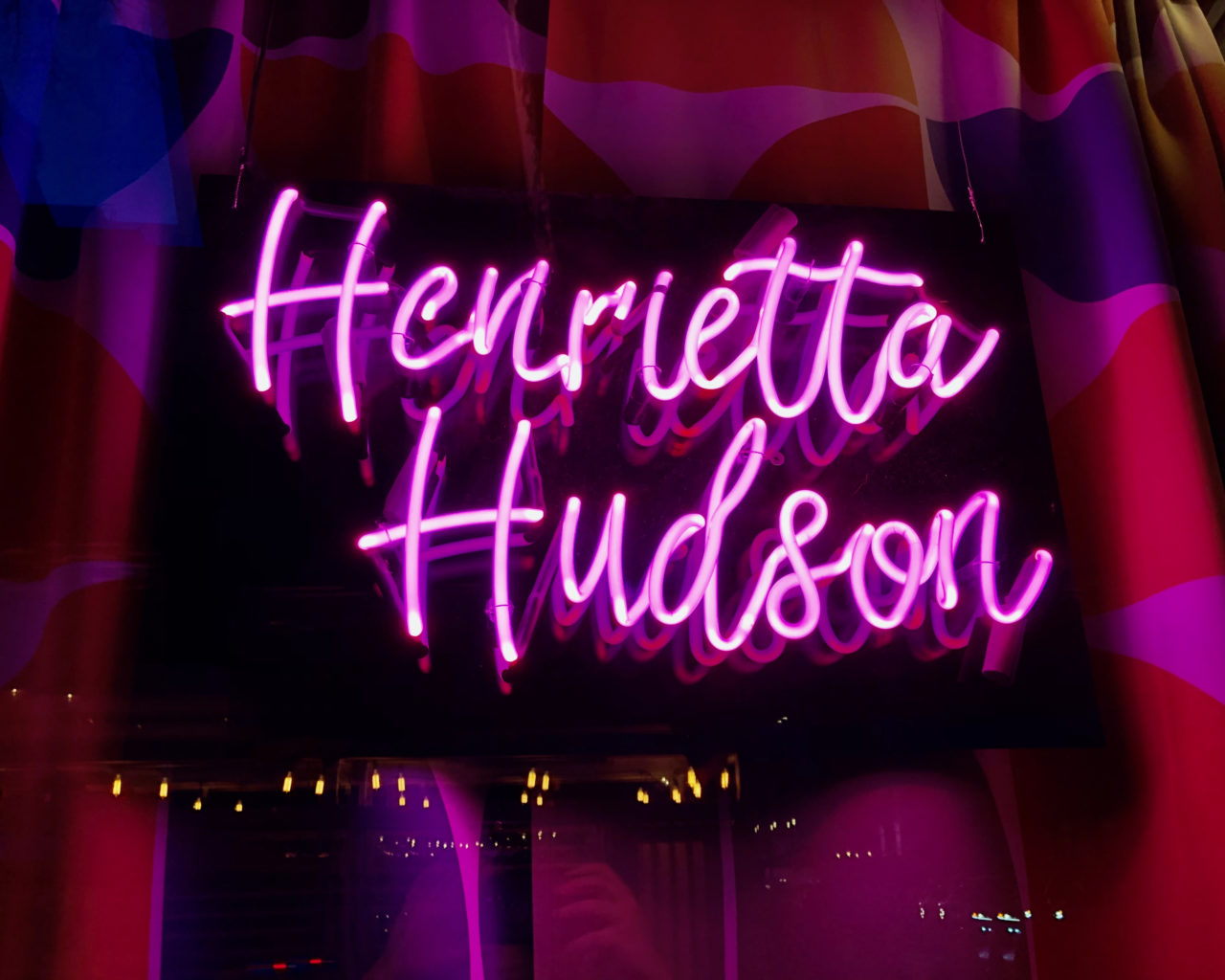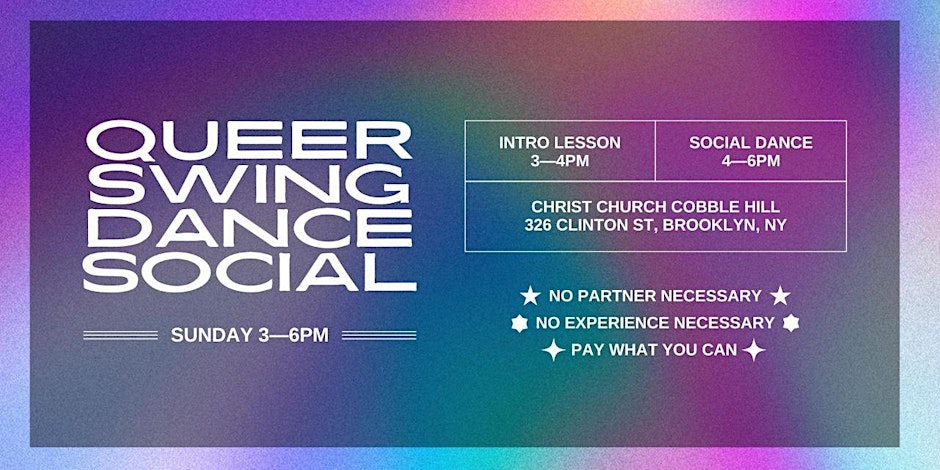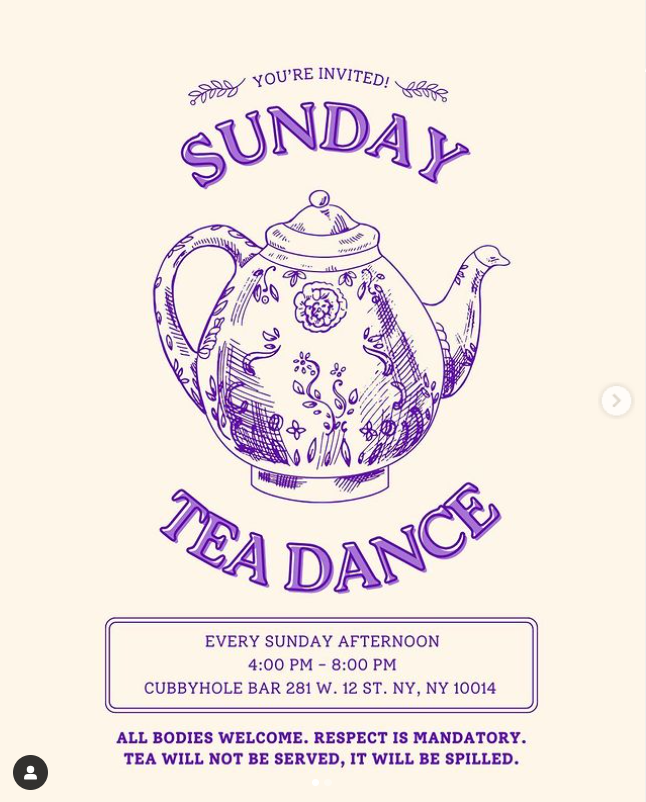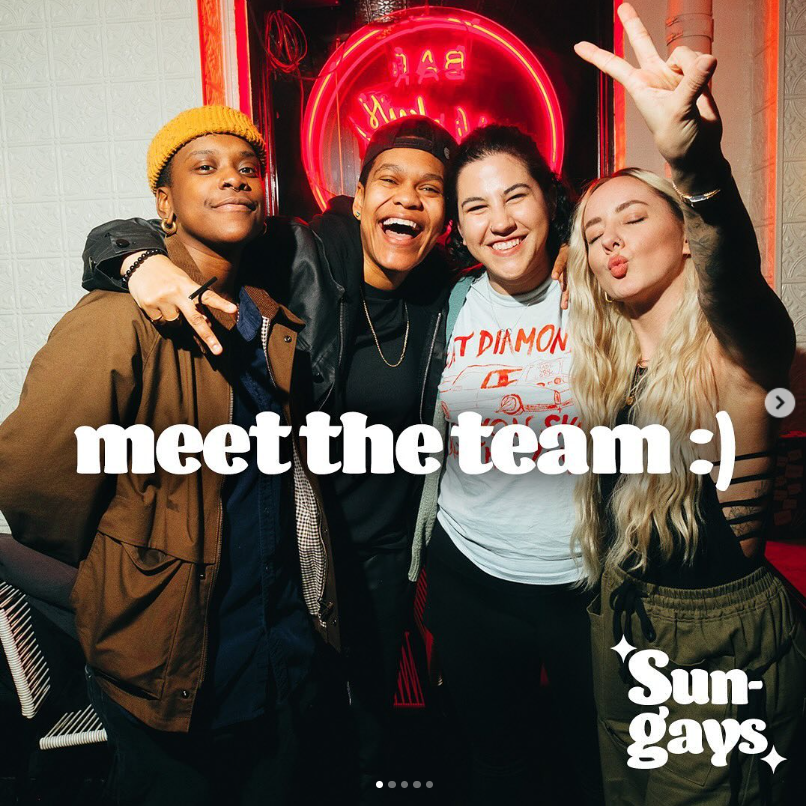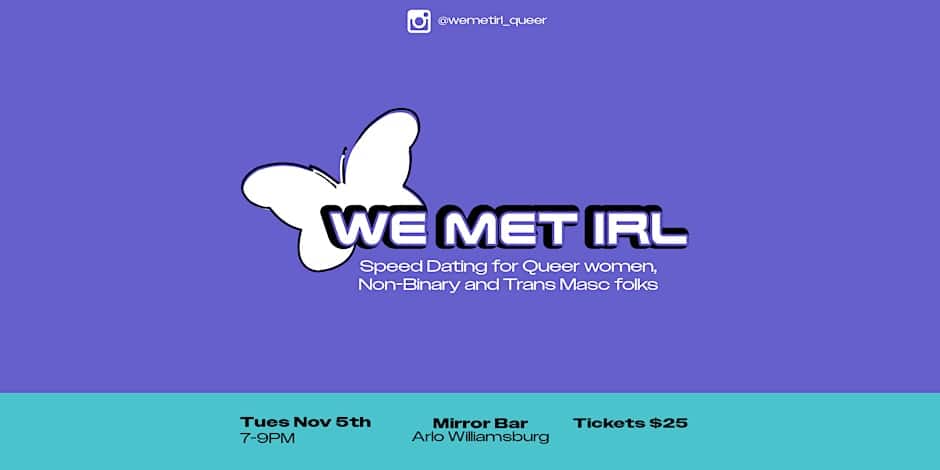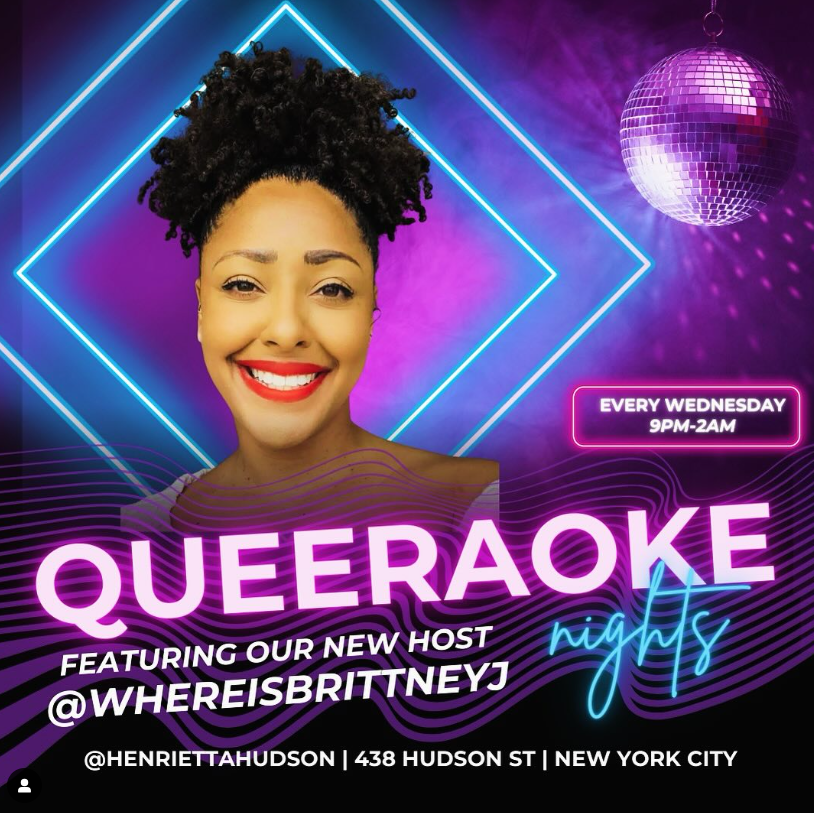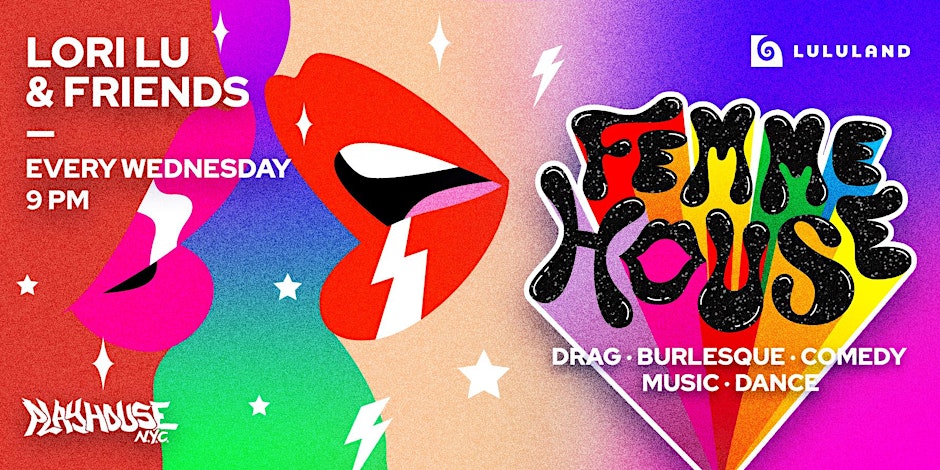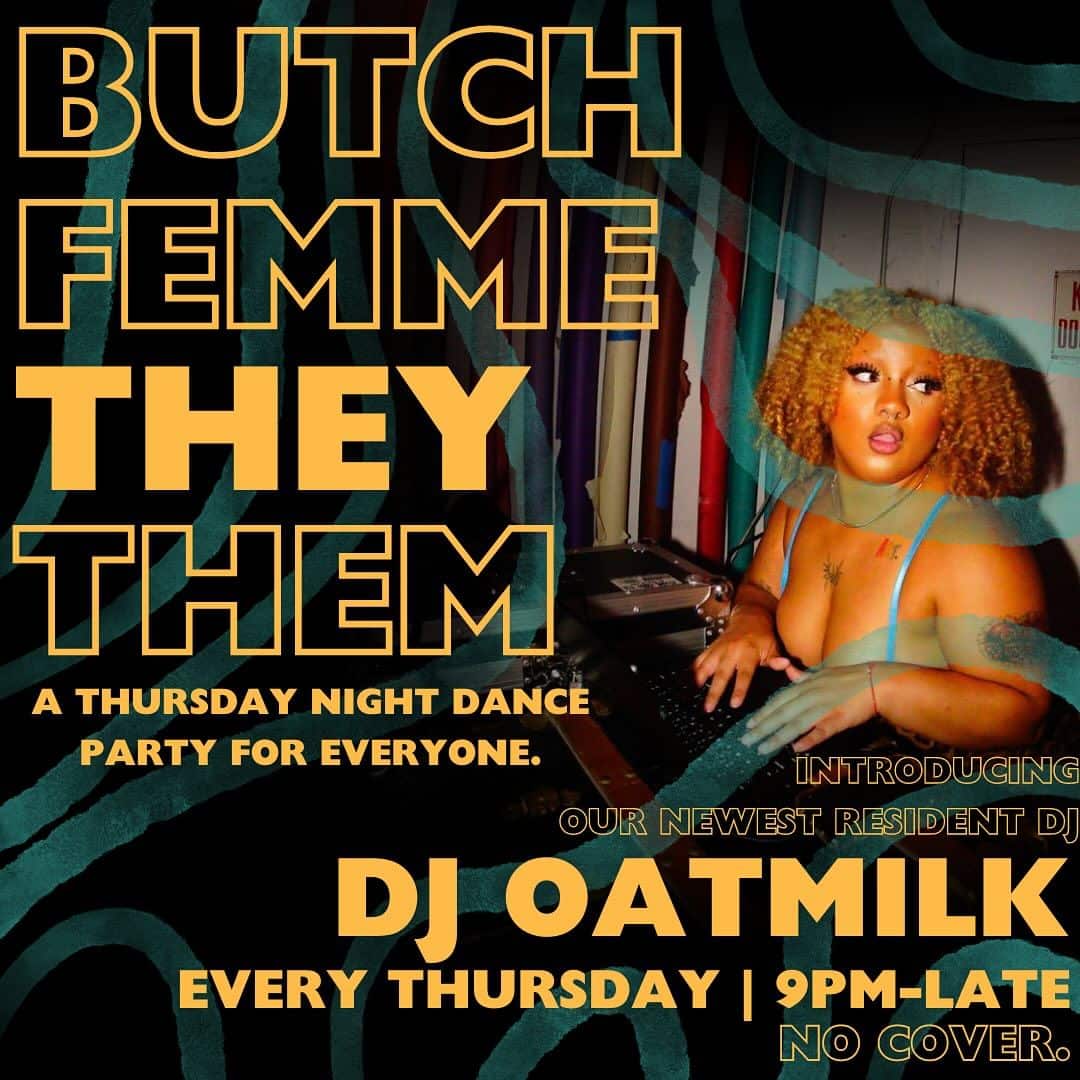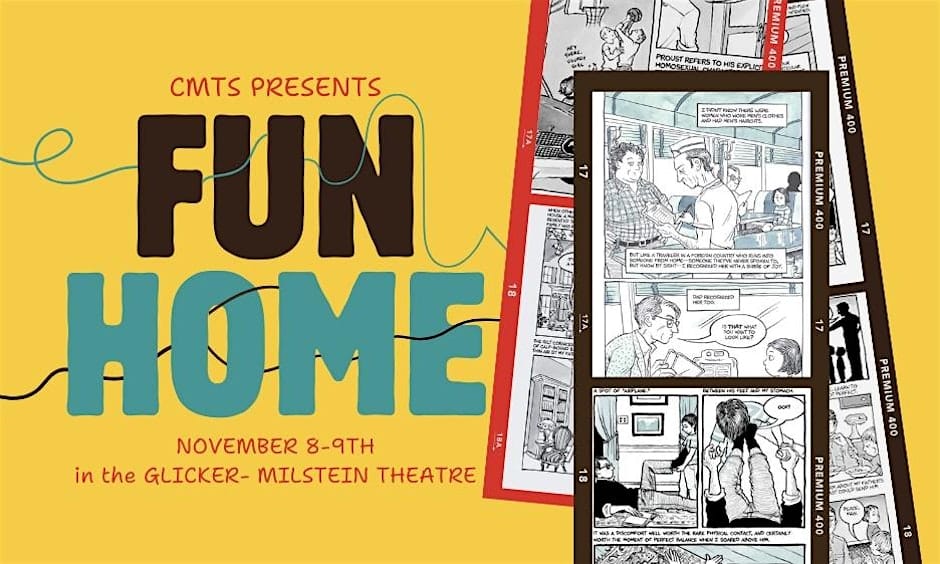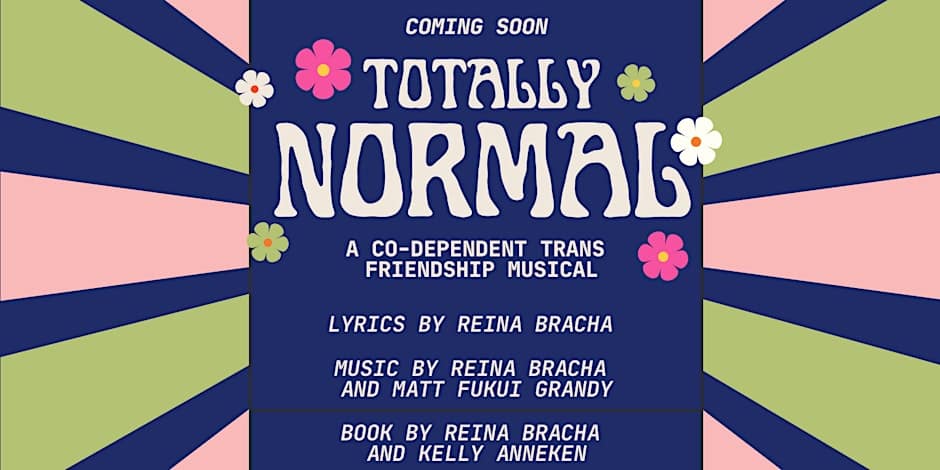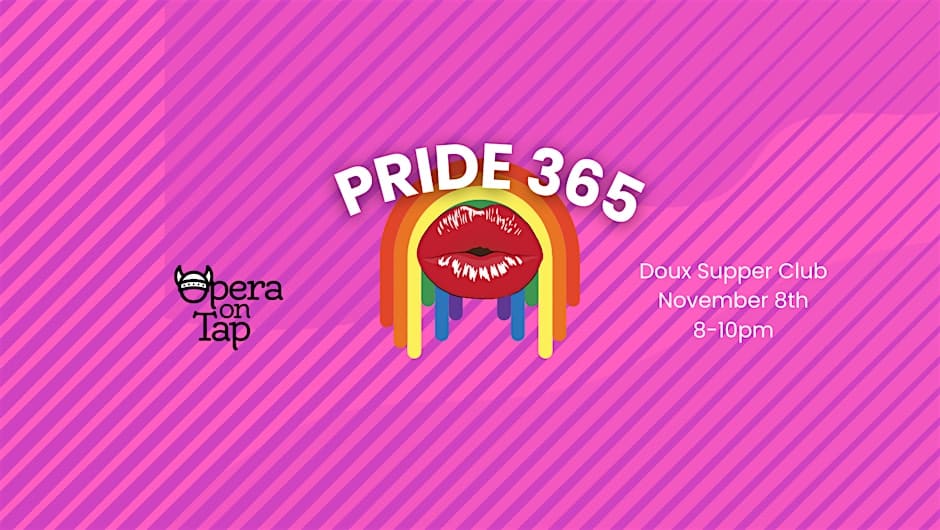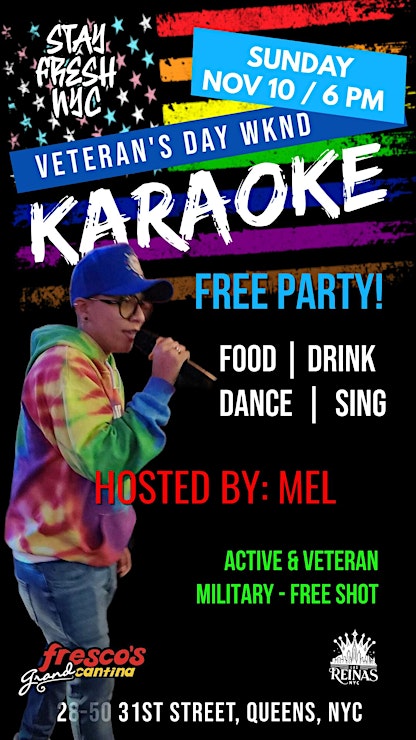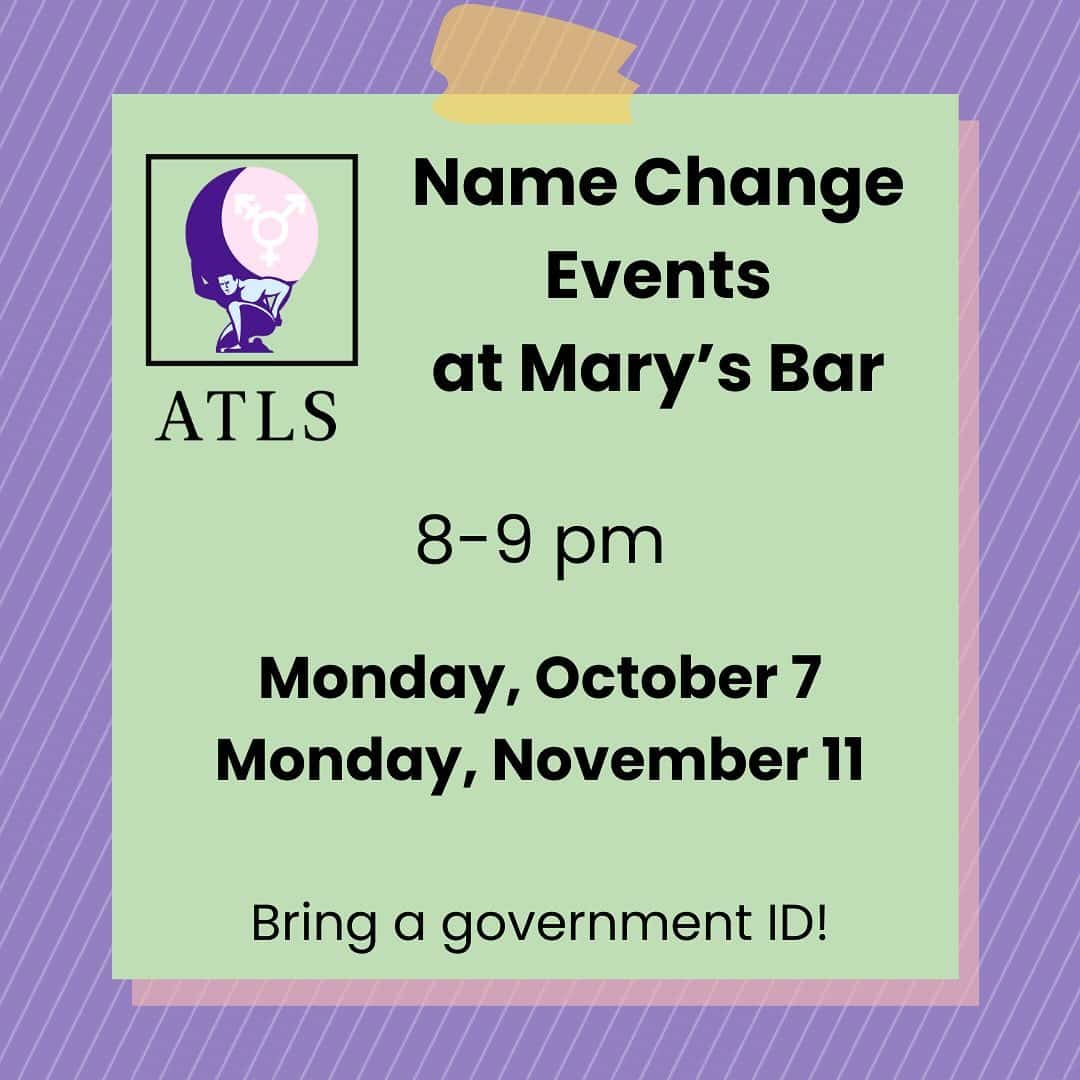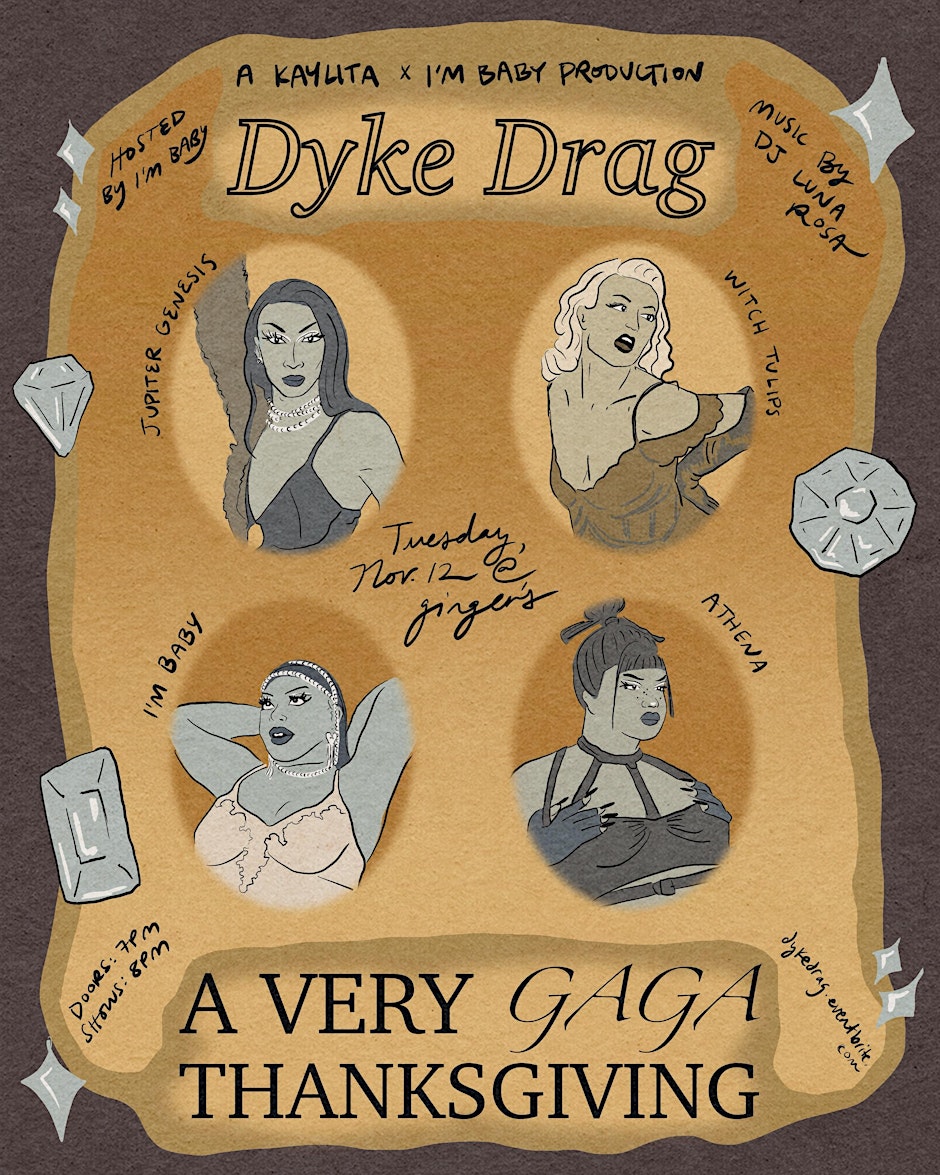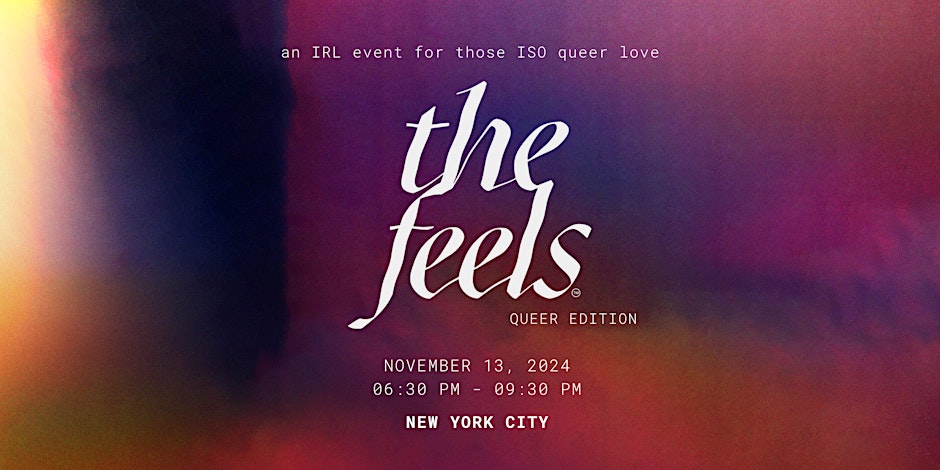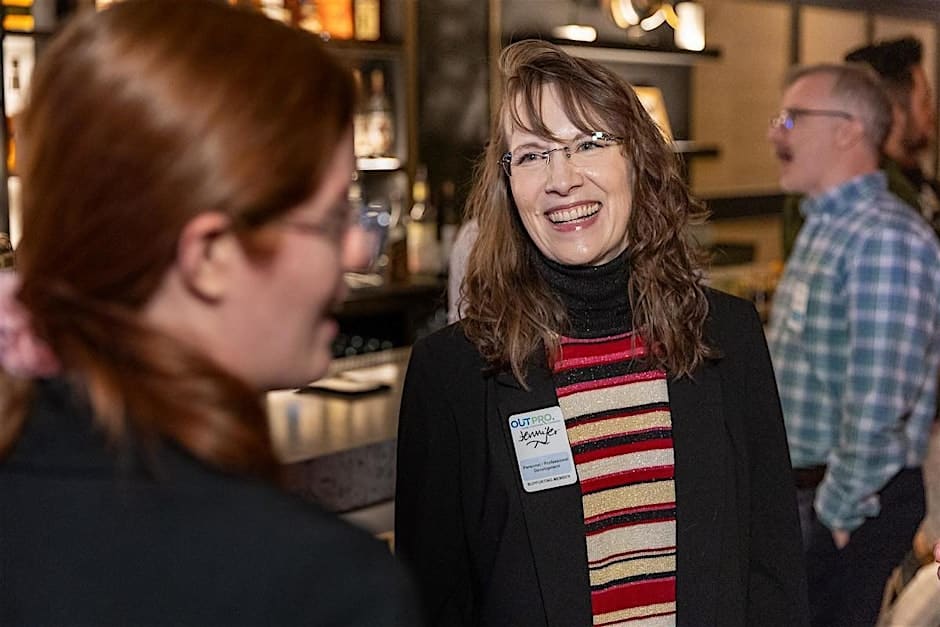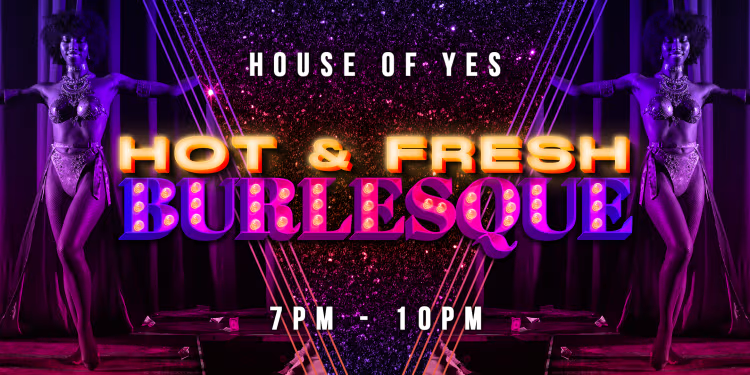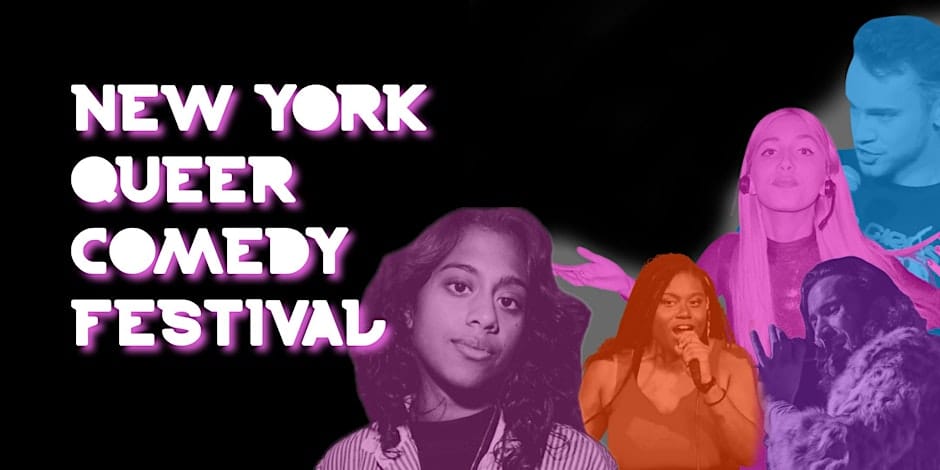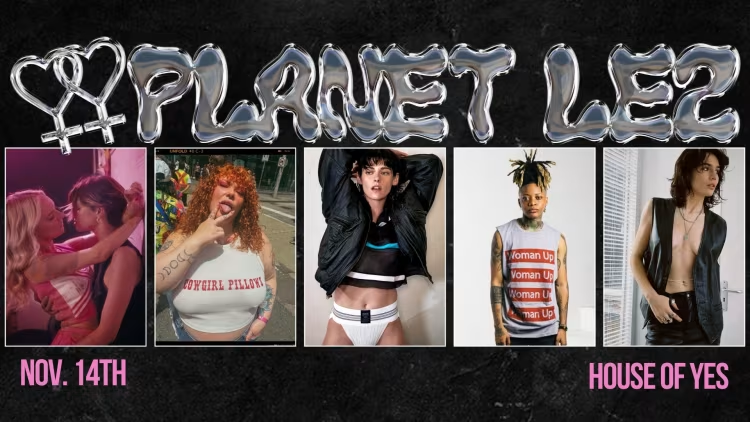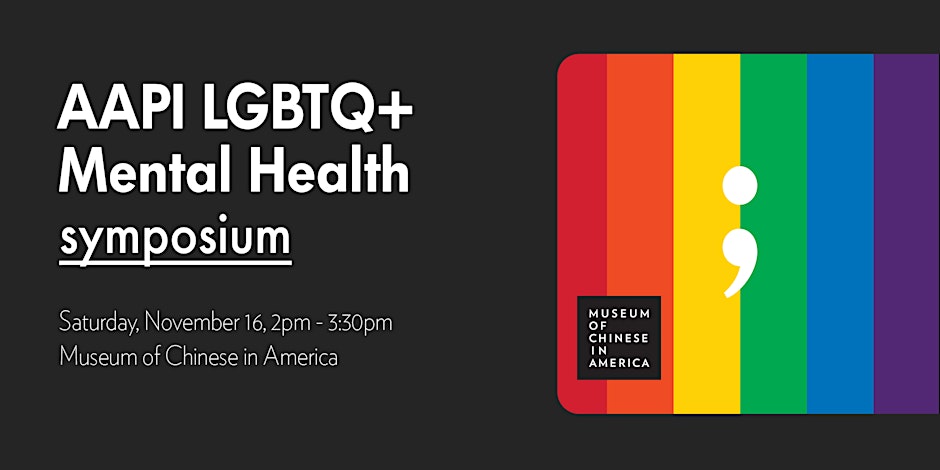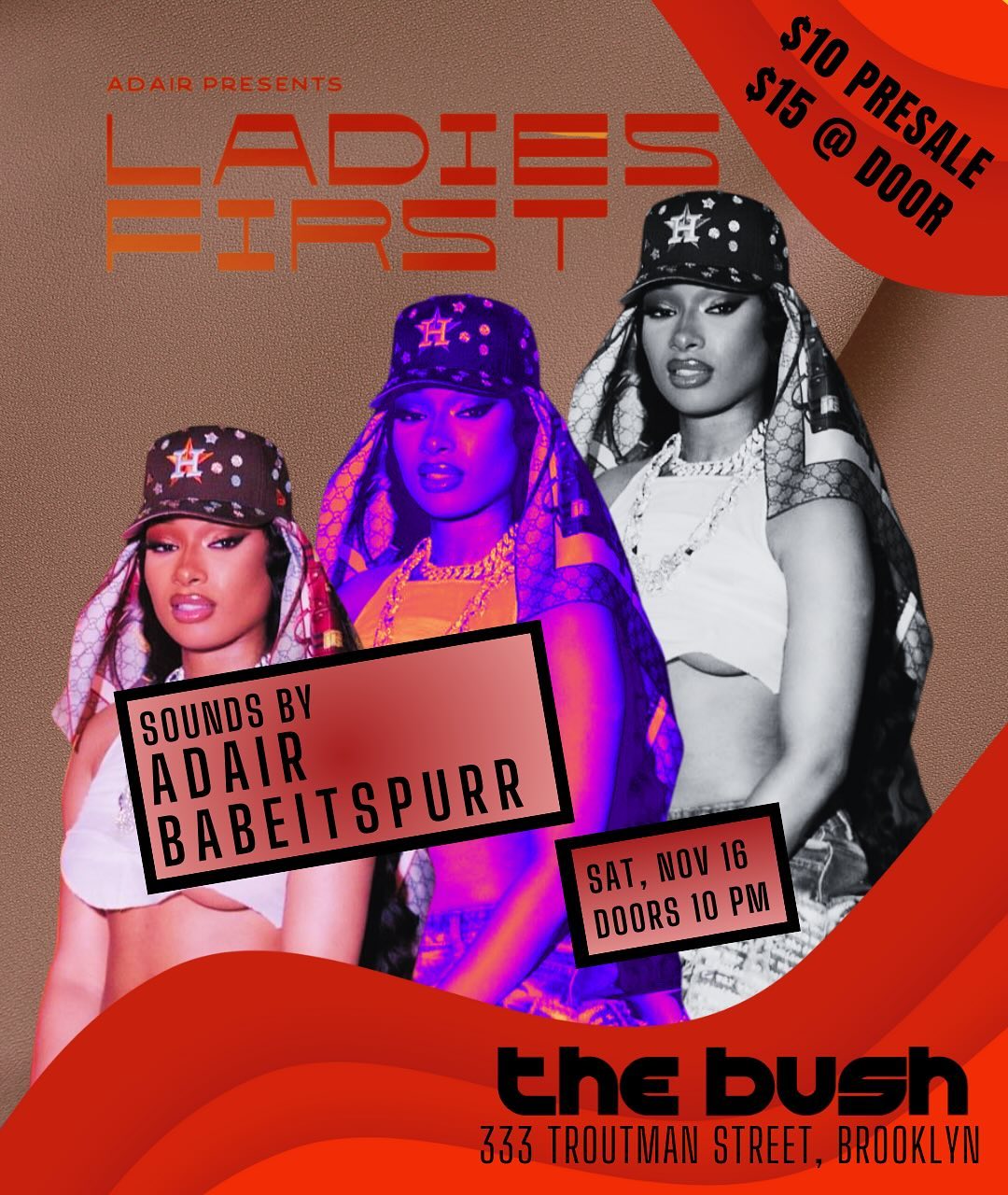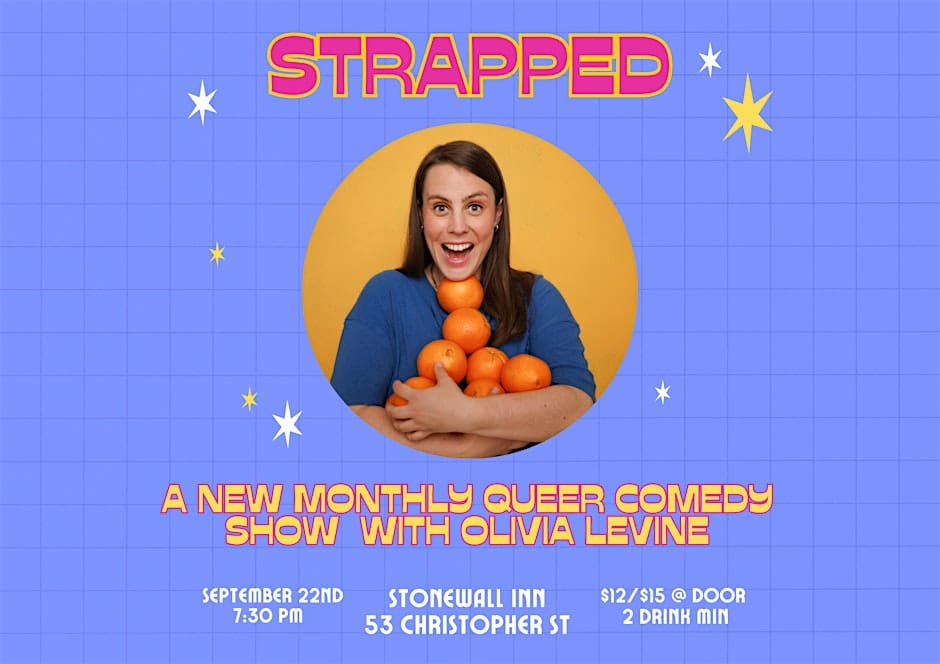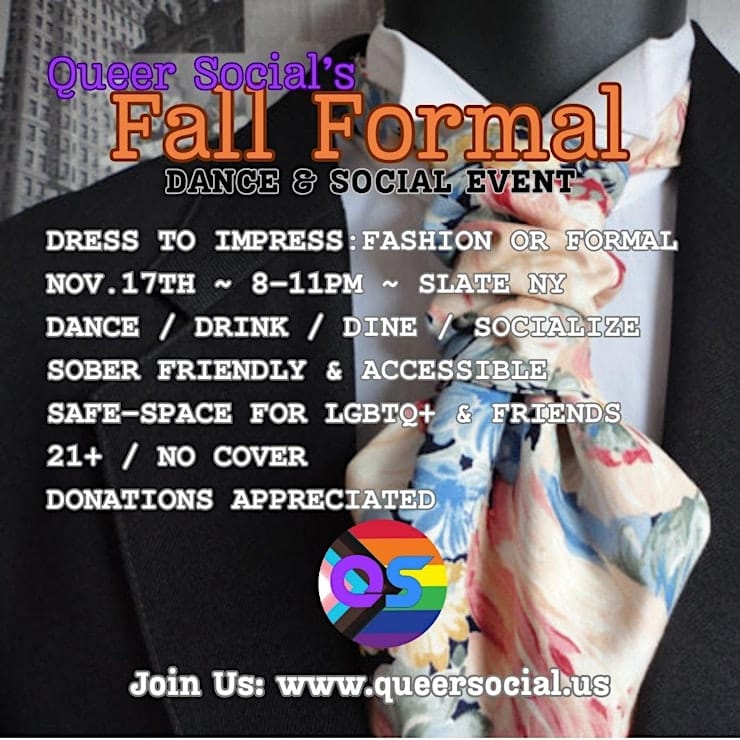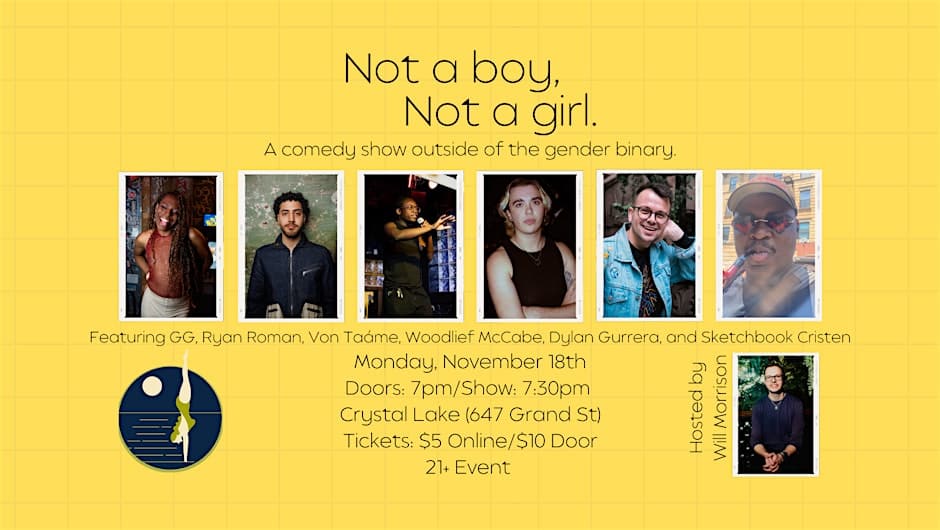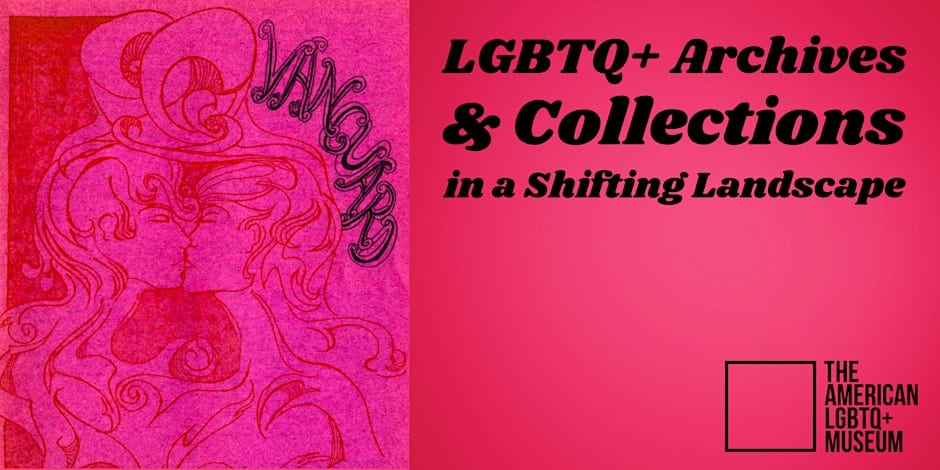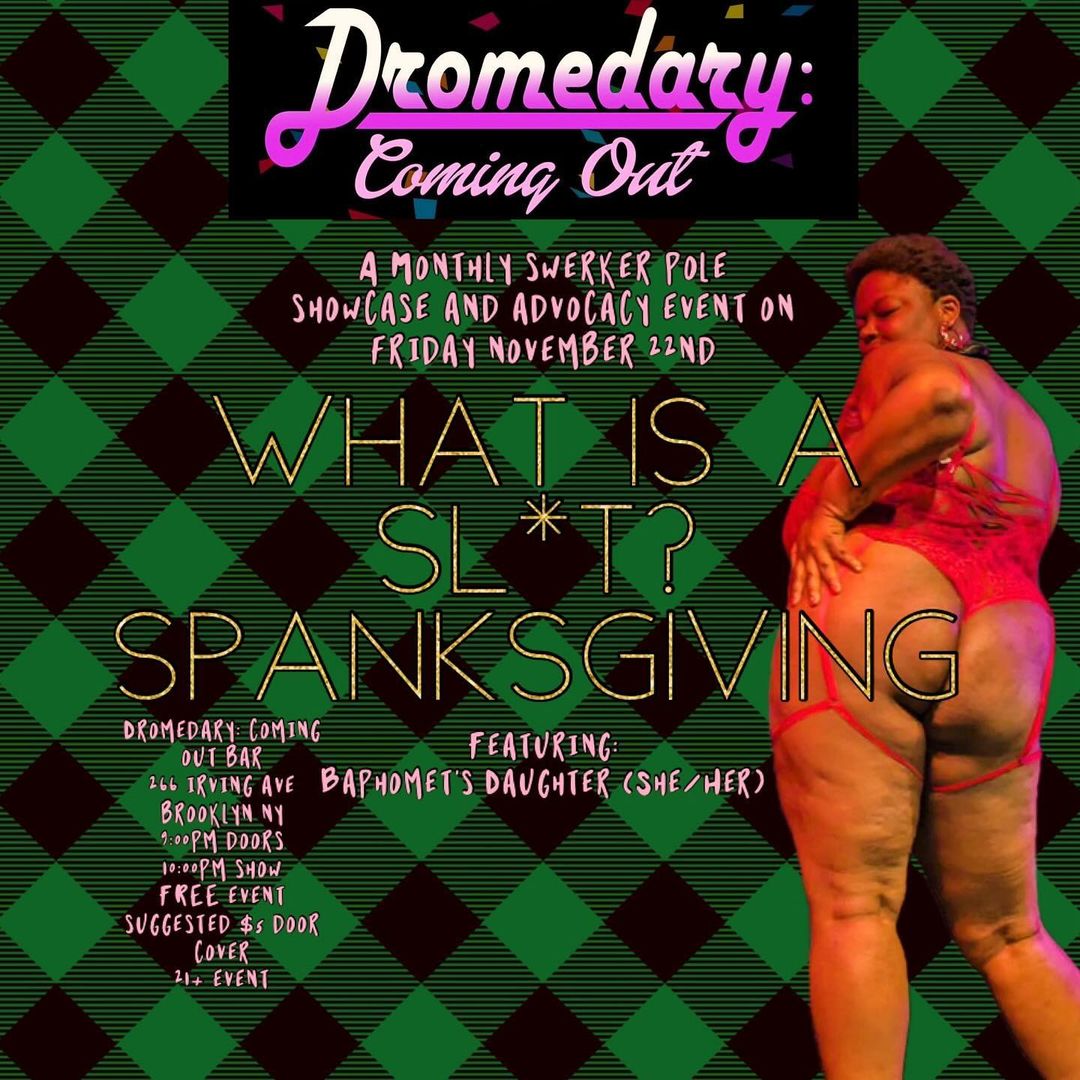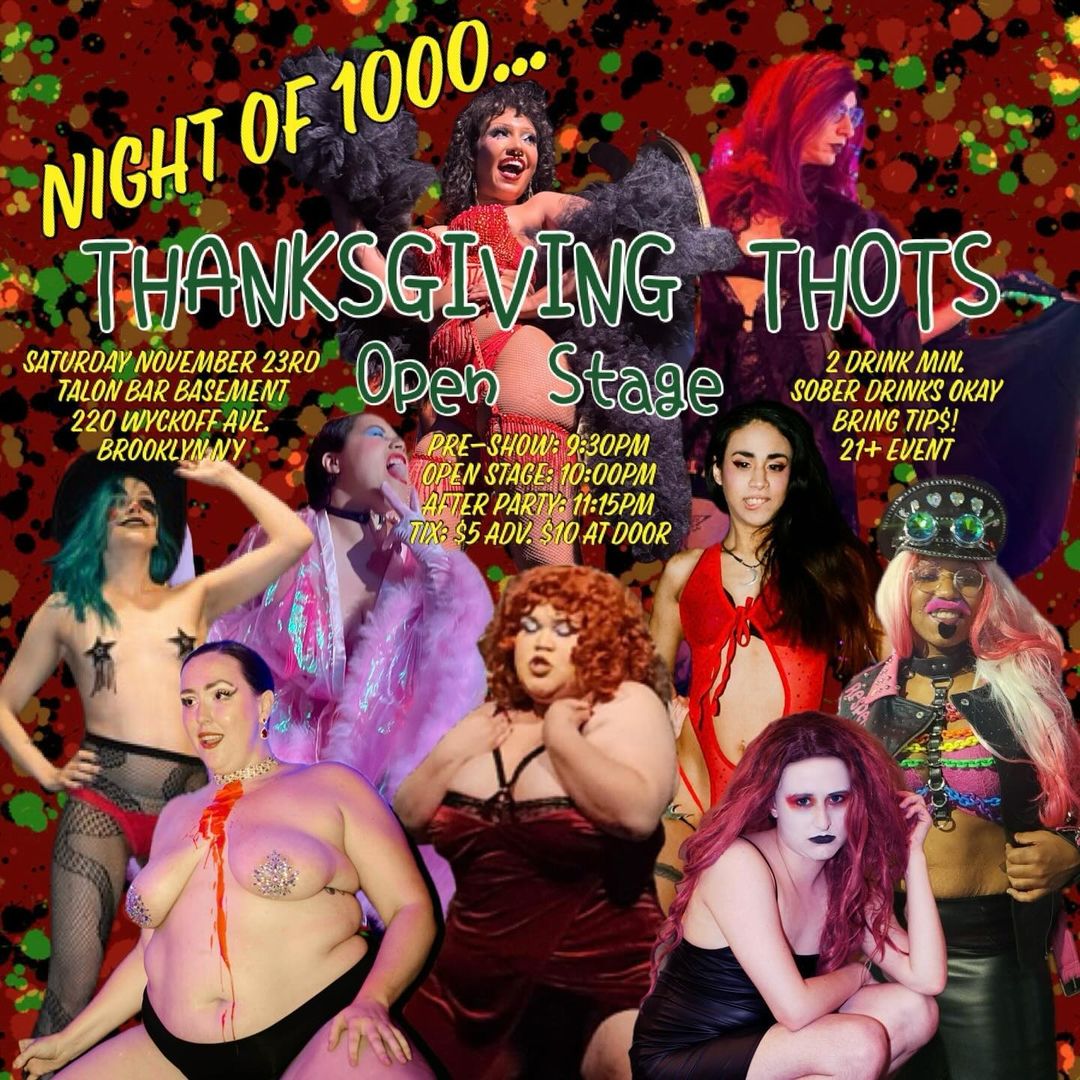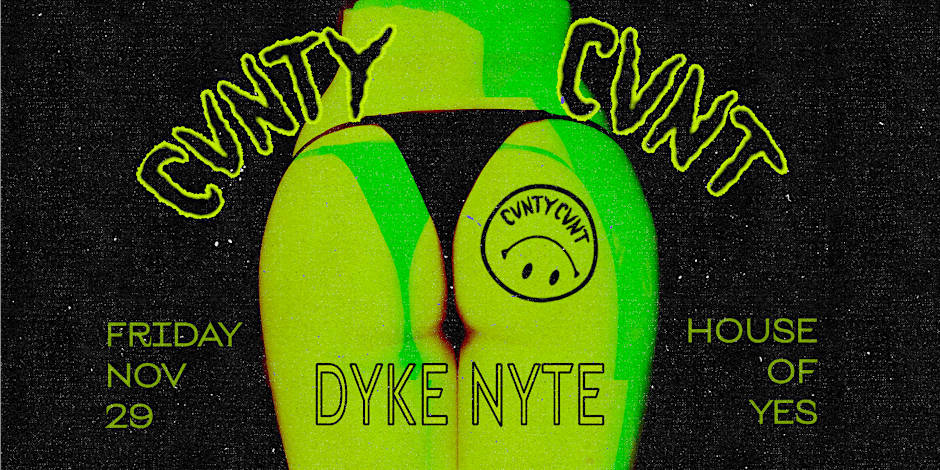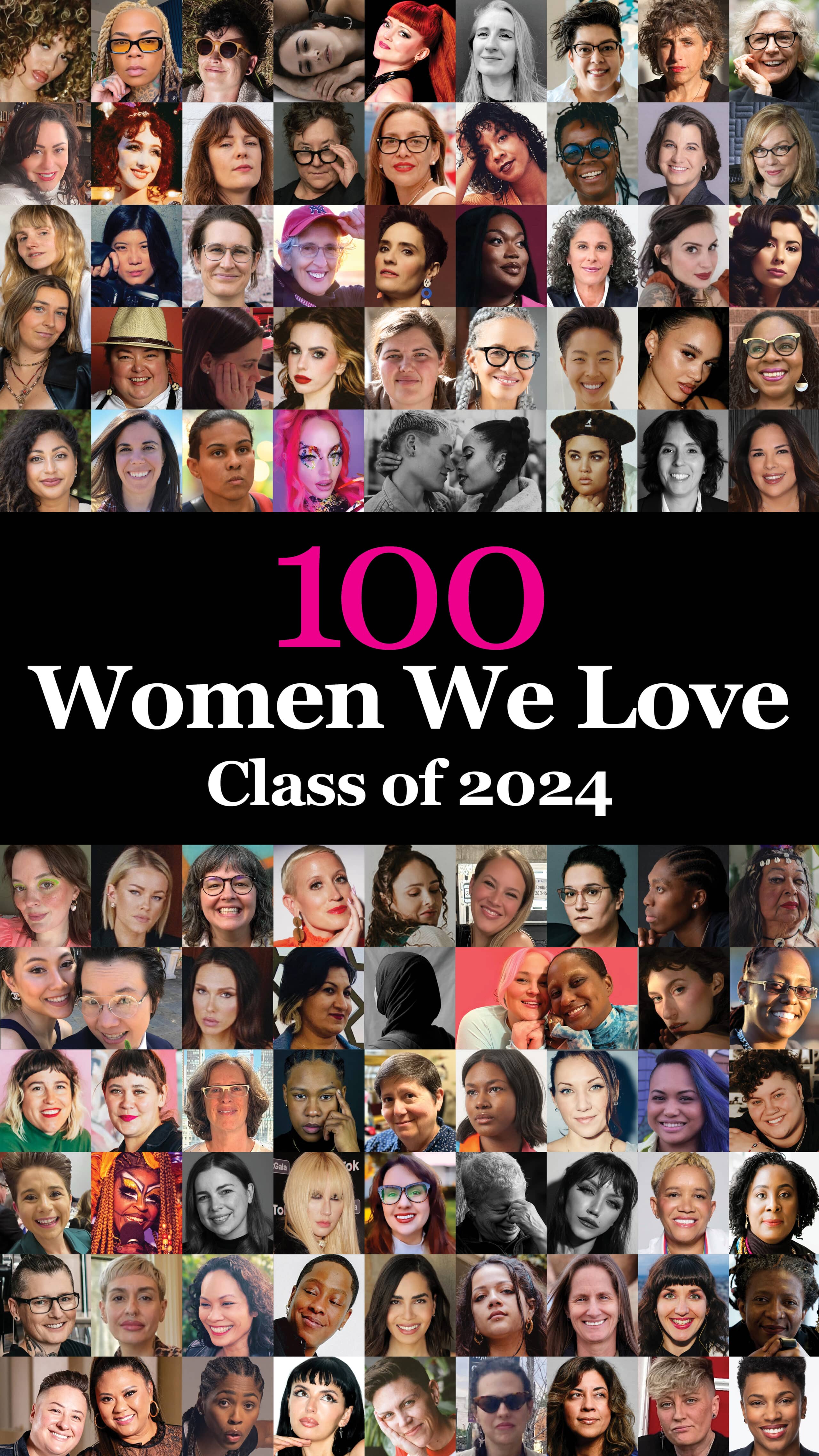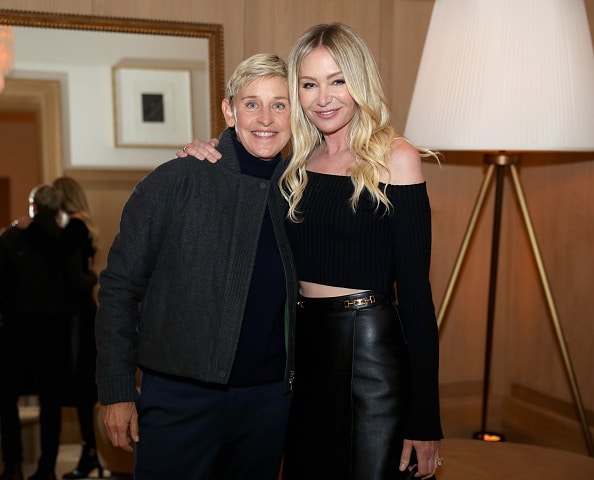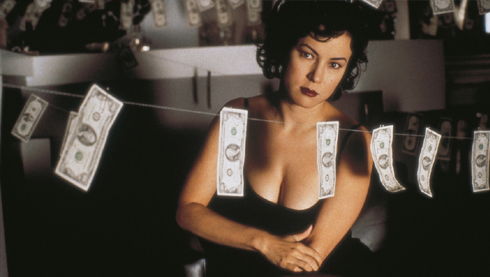
I have a confession to make: I’ve only seen about 2 classic lesbian films. I know, I’m a bad queer woman. When I admitted this to my fellow GO coworkers, they were appalled. Two of them quickly listed off at least 10 films I needed to watch right away. I rapidly wrote down the titles (for research, obviously).
And I want to take you all along with me in my quest to review all of the lesbian classics through my Millennial queer lens. This week, I’ll start with the 1996 Wachowski Brothers film, “Bound.”
As I settled in for an evening of sapphic cinema, I was not prepared for what I was about to witness. All I knew of the film was what GO’s Executive Editor Zara Barrie had written a few weeks ago; how this film turned her into the biggest lesbian ever.
Much to my surprise, 15 minutes into the movie the two lead women, Violet and Corky (what is up with this name), are having sex. Like steamy hot lesbian sex, not some censored mild thigh-touching. Most lesbian films that I’ve seen take over an hour for the women to even kiss, let alone fuck each other.
My favorite dialogue leading up to the sex scene is when Violet asks Corky in her raspy femme voice, “Do I make you nervous?” To which Corky responds “No,” seemingly amused.
Violet then retorts: “Thirsty, maybe?” Eyebrows raised and all.
I then die laughing in front of my computer screen. As a good Millennial, I thought that thirsty was a slang word of our generation. Thirsty meaning too eager for someone. I was not expecting this 90s lesbian film to use the phrase.
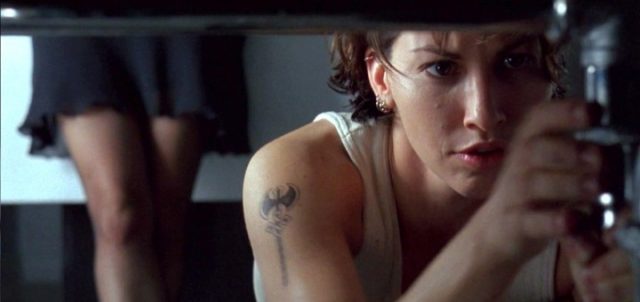
My favorite character throughout the film is obviously Violet. She’s such a fierce femme. A sex worker who is proud of the work she does. And a badass feminist who puts men in their place.
When Corky gets upset with Violet for not being an out lesbian, Violet basically tells her: You don’t know my life. I’m a whole lot smarter than you and all these men know I get money from them for sex, all while being hella gay. So typical for a masculine woman to think she’s got the femme all figured out. When she hasn’t the slightest clue.
At that point in the film, I am certain it’s written and directed by women (it is!).
They also made sure to consult a real life lesbian for the sex scenes because disappointingly (and kind of unbelievably) both Gina Gershon and Jennifer Tilly are straight IRL. Susie Bright (aka Susie Sexpert) was their lesbian consultant and it’s said that she basically directed how their sex scenes would run, which is why they’re so realistic.
They even used a real dyke bar with real lesbians for the scene when Corky goes to get a beer after a long day of work (aka flirting with Violet).
Also, can we all just get a kick out of the fact that our sex is so mysterious to straight folk that they need to hire a lesbian consultant to tell them how we get down in-between the sheets?
Jennifer Tilly recalls Bright’s impact in the film with Vulture: “She was instrumental in how Gina and I were scissoring each other and how I was giving Gina a hand job. The way it was set up was Susie’s input. And because of that, the lesbian community embraced the film, because it had a real veracity to it.”
As for the actual plot of the film—it’s a typical Italian mob story. After Violet and Corky have lots of sex, they decide to steal 2 million dollars from the mob through Violet’s trash husband Caesar (who reminds me of Trump, yuck). There’s lots of guns, blood and drama of everyone crossing each other for the money.
The scenes between Corkey and Violet get progressively more emotionally charged at this point—they’re seen pining for each other through the wall while discussing their scheme to steal the money on the phone. To which I thought in my head this moment is so gay and I love it.

The best interaction after Caesar realizes that Violet is gay is when he asks, “What’d she [Corky] do to you?” And Violet quips back at him “Everything you couldn’t.”
In my opinion, this film really isn’t about the mob or the money at all. It isn’t even about Corky. It’s an ode to femme lesbian sex workers and their power.
Final Millennial Queer Thoughts: Overall, this film holds up strong to modern day lesbian films. I love that it’s not filled with the typical melancholy feeling that the majority of queer-focused films have as an overtone (ahem—”Blue Is The Warmest Color”). The film also doesn’t revolve around the trauma of the lesbian characters coming out. They simply are. And they’re sexy AF. The directors and writers (both trans women) allow the film to be the noir genre that it is, while two of the characters just happen to be queer and have a steamy romance.


